Tracking the moon is one of my favorite pasttimes. It’s also one of the best ways to get into observational astrology, since the moon passes through signs quickly and completes a whole lunar cycle (its orbit around our planet) about once a month.
You can probably tell when the moon is full, or nearly full. And when the moon is new, it rises and sets at the same time as the sun and so can’t be seen at all. As for all the phases in between, you can tell the phase just by looking at it — so long as you know what to look for.
How lit is it?
Astronomers (and references like the Farmer’s Almanac) will often refer to “percent illuminated,” which is a big clue as to where the moon is in its orbit around our planet. If the moon is less than 50% illuminated, it’s between a new moon and one of the quarter moons and is considered a crescent moon.
The quarter moons are important halfway points between the new and full moons. Once the moon is more than 50% illuminated, it’s considered a gibbous moon. (“Gibbous” just means “humped” or “bumped out”. It’s from Latin and basically isn’t used except to describe the moon, so you get extra credit if you use it correctly.)
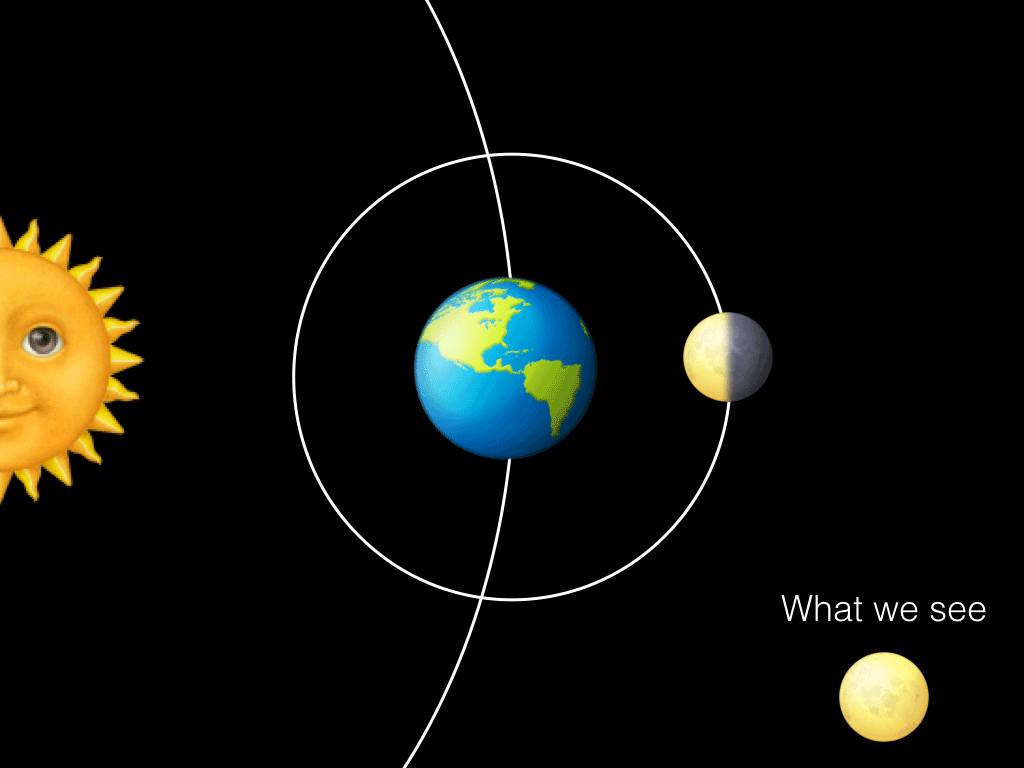
Waxing and waning
A waxing moon is growing in size; it’s not an often-used word but you might’ve heard someone wax poetic. Its origin is in Middle English, and comes from the Old English weaxan (“to increase”).
A waning moon is decreasing in size, on its way to becoming a new (dark) moon. Maybe your attention is waning a little, because English etymological history is kind of boring.
From new moon to full
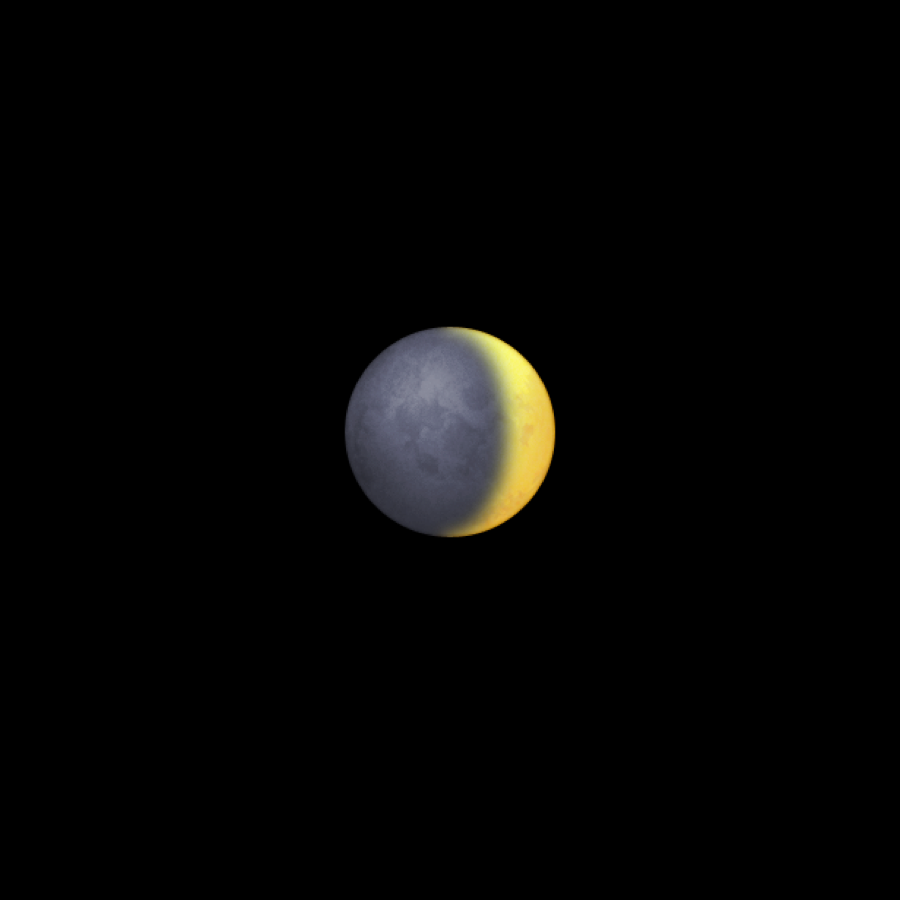
The waxing crescent is one of the most dramatic phases, because the sliver of new moon is often visible shortly after sunset and it often has a beautiful twilight backdrop. The lit edge is always to the right in this phase (perhaps lower-right, depending on the time of year) and curves like a closing parenthesis.
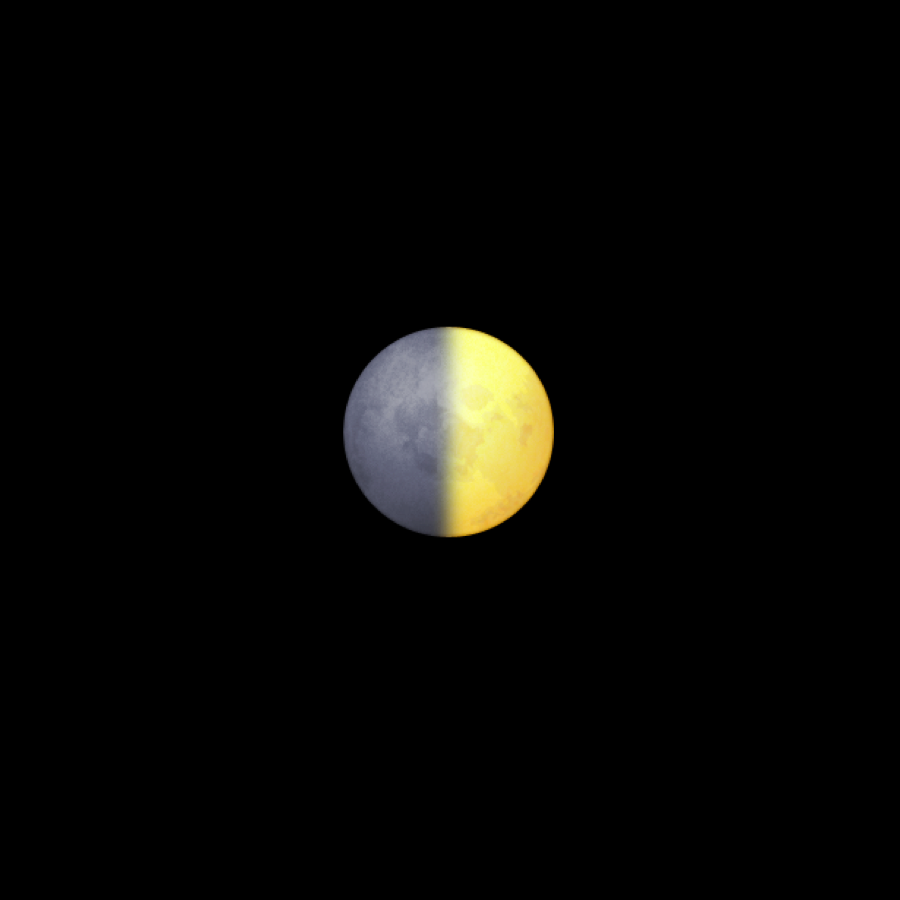
The first quarter moon appears sliced in half, with the right side now well lit and the left completely dark. This is the midway point between the new and full moon. Astrologically it can be a time of tension and growth, because there’s now a square aspect between the sun and moon.
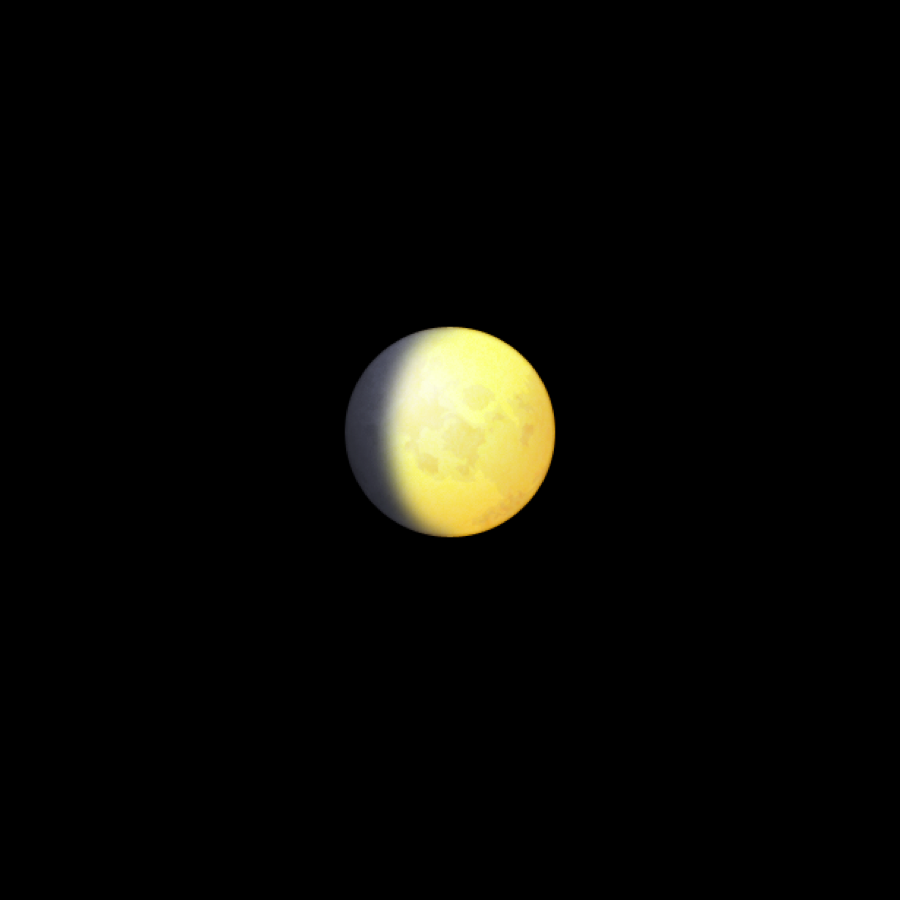
The waxing gibbous phase falls between the first quarter and the full moon, and at this point the moon will become noticeably brighter, enough that it may even be visible in the afternoon.
When the moon is full, it is in opposition to the sun with our planet right in the middle, and it rises almost exactly at sunset. (Sometimes we’re really in the middle, and the Earth’s shadow blocks some of the sun’s light on the moon. This is a lunar eclipse.)
From full moon to new
Now we have the waning phases, which are going to require some early mornings if you want to see them all.
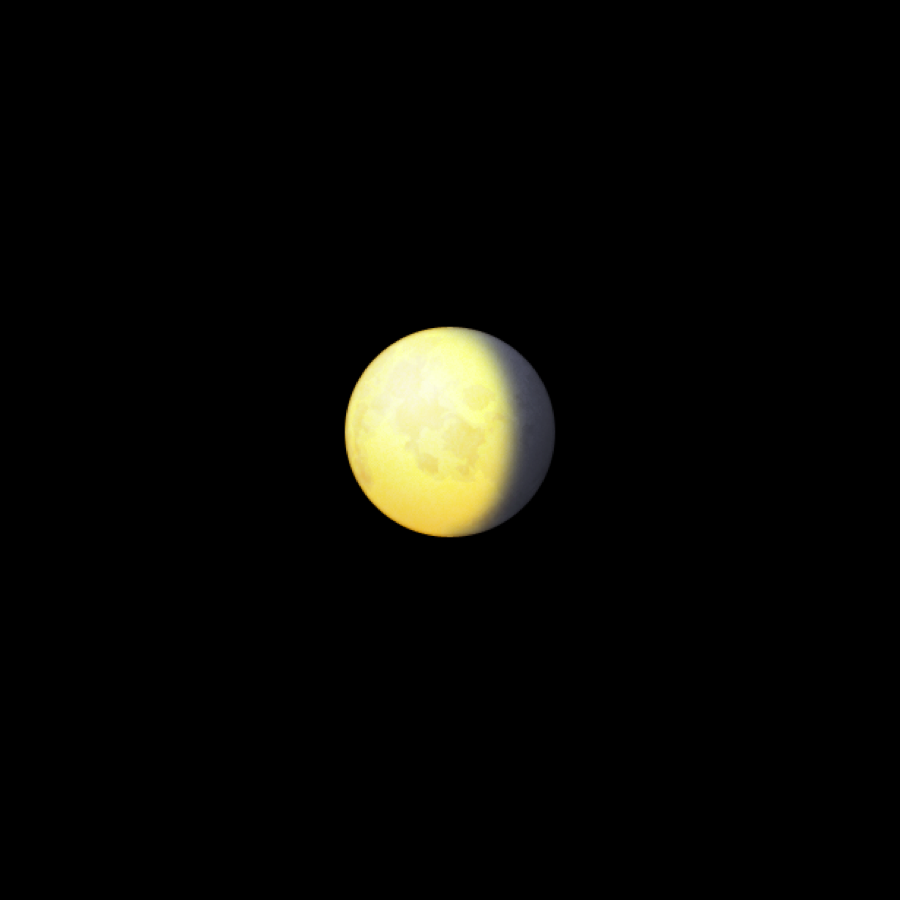
The waning gibbous is just as bright as the gibbous moon that preceded the full moon, but you’ll begin to see diminishing shape on the right side. Astrologically it’s far more relaxed now that the “crisis” point of the full moon has passed. At this point the moon will begin to rise after sunset, and will often be visible in the morning after sunrise.
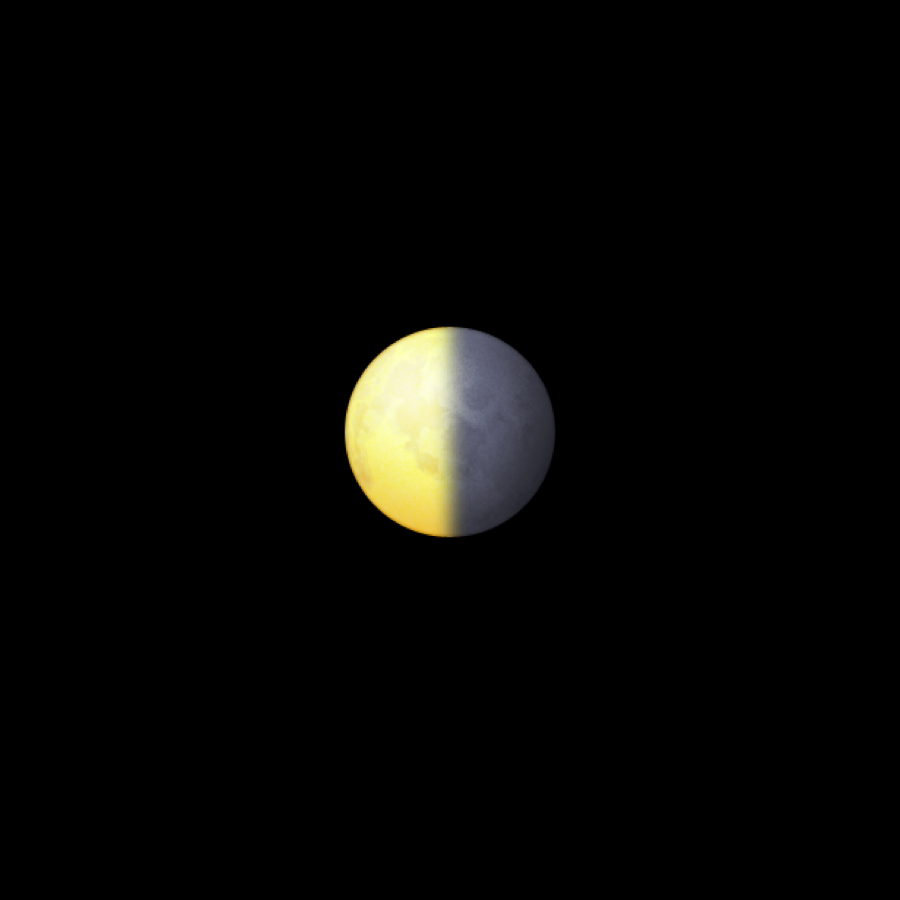
The last quarter moon is also making a square aspect to the sun, but the flavor may feel a little different on this side of the full moon. This is a good time to begin tying up loose ends and dealing with open issues rather than trying to start anything new — as well as processing any feelings that have come up over the past three weeks. This moon rises around midnight and is mostly visible in the early morning.
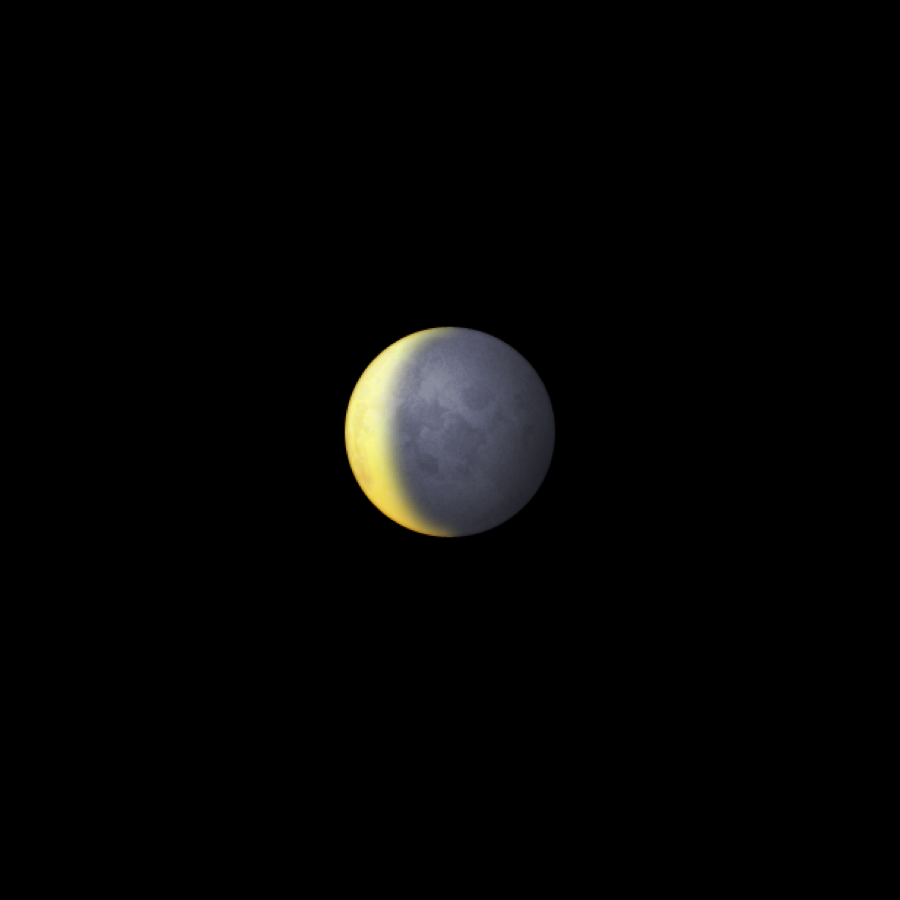
The waning crescent or balsamic moon is another beautiful twilight-phase moon, with the inconvenient rising time of just before sunrise — making it one of the more difficult phases to actually observe. You’ll see the last edge of light on the left side of the moon, the opposite of where it was in the waxing crescent phase. It looks like an opening parenthesis, which in a way is perfect; whatever you clear out or wrap up during this phase is thought to make space for whatever the next new moon brings.
When the moon is new, it’s in conjunction with the sun and the entire lit surface is facing away from us on Earth. The only time the moon is visible during this phase is during a solar eclipse. Astrologically these are intense points of concentration and it’s a good time for meditation and intention-setting.
)O(
Sometimes I bring this “triple moon” symbol to mind when I need a refresher. From left to right, it represents the waxing crescent, the full moon, and the waning crescent. It’s also a very witchy symbol with its own long history.
By looking at the moon and seeing which side is bitten out, you can tell whether it’s leading up to (left) or away from (right) the full moon.
Happy moon watching!
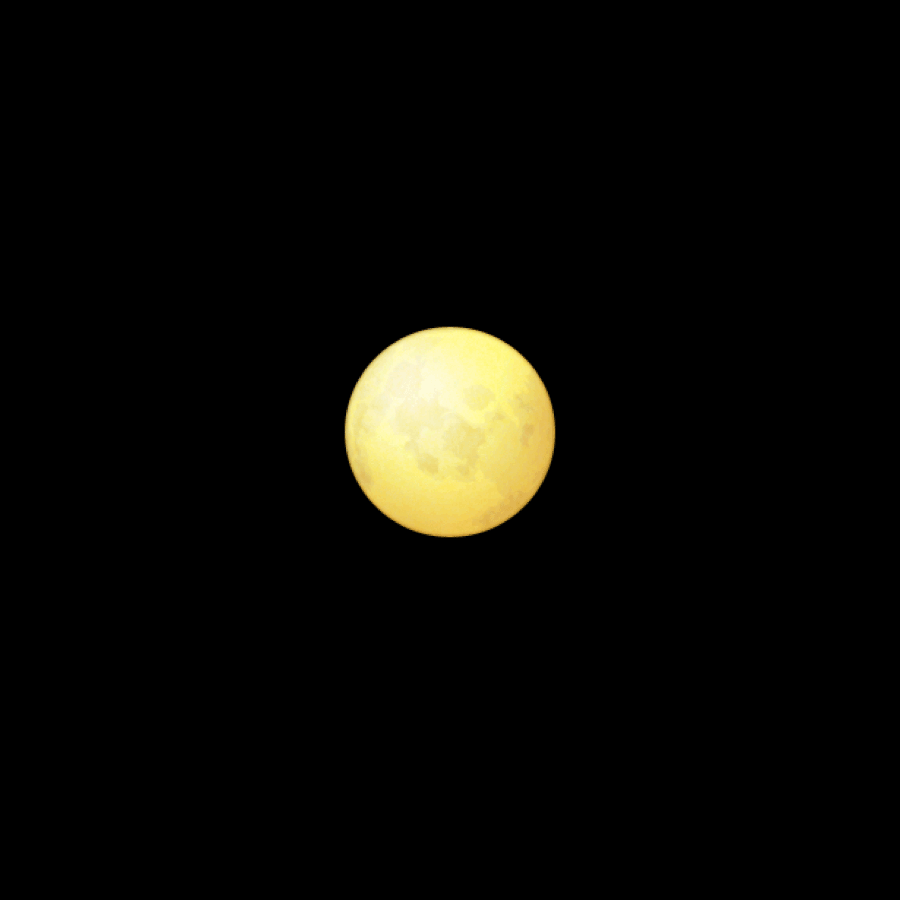
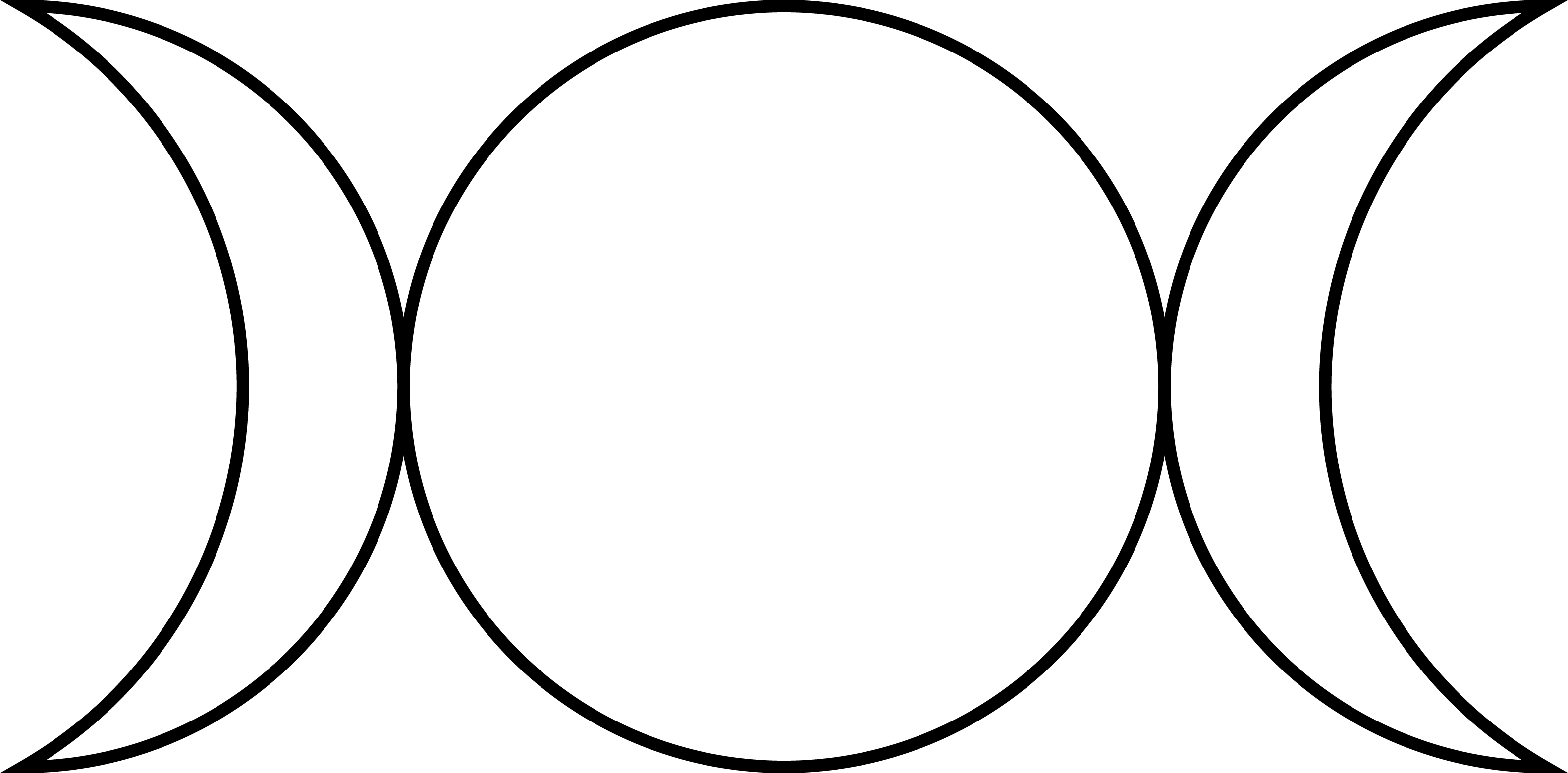
Oh neat! I never knew how to tell if a crescent moon was waxing or waning. That triple moon is a great visual explanation!
Yes! I even find it helpful when scrutinizing a gibbous moon sometimes. ? ? ?